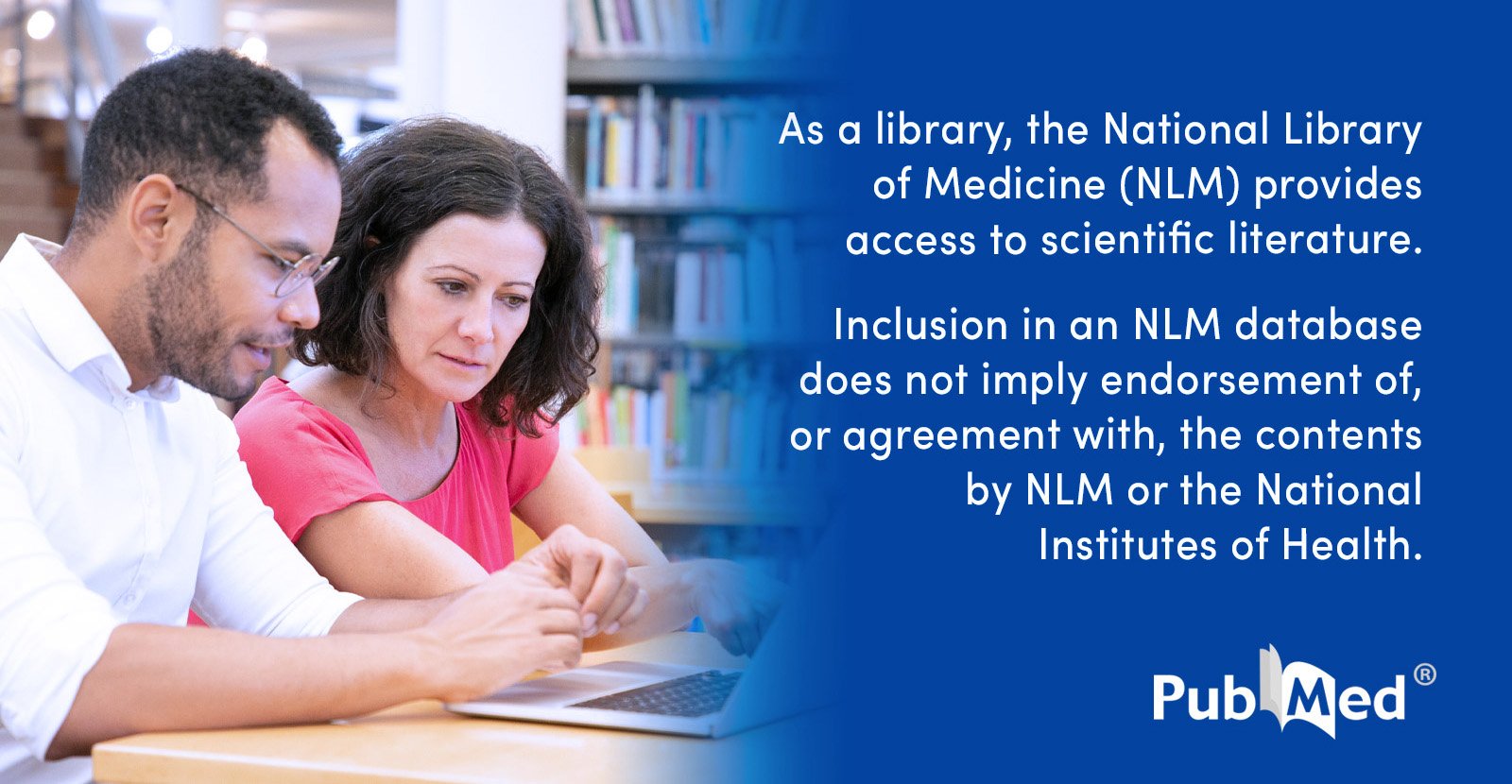- Joined
- Nov 21, 1998
- Messages
- 13,273
- Reaction score
- 7,912
I can cure cancer with PRP. Step up your game.

What is the potential use of platelet-rich-plasma (PRP) in cancer treatment? A mini review - PubMed
Platelet-rich-plasma (PRP) is an autologous human platelet concentrate extracted from plasma. PRP has been investigated in order to be used in many fields, with emphasis on the musculoskeletal field applied to sports injuries, as well as on other medical fields such as cardiac surgery...
Review. 2020 Mar 28;6(3):e03660. doi: 10.1016/j.heliyon.2020.e03660. eCollection 2020 Mar.
What is the potential use of platelet-rich-plasma (PRP) in cancer treatment? A mini review
Angela C M Luzo 1, Wagner J Fávaro 2, Amedea B Seabra 3, Nelson Durán 2 3Affiliations Expand
- PMID: 32258495
- PMCID: PMC7113436
- DOI: 10.1016/j.heliyon.2020.e03660
Abstract
Platelet-rich-plasma (PRP) is an autologous human platelet concentrate extracted from plasma. PRP has been investigated in order to be used in many fields, with emphasis on the musculoskeletal field applied to sports injuries, as well as on other medical fields such as cardiac surgery, gynecology, pediatric surgery, urology, ophthalmology and plastic surgery. Cancer treatment is another important field where PRP should be investigated; thus, it is important validating PRP preparation protocols to be used in clinical research. Many protocols should be revised since, overall, most studies do not provide necessary information to allow them to be multiplied or replicated. The current review focuses on several topics about cancer, mainly on innovative studies about PRP use as a feasible therapeutic alternative to treat bladder cancer - a field where it could play a key role. Relevant aspects such as platelets' contribution to immune regulation and the supportive role they play in innate and adaptive immune functions are also addressed. Another important topic reviewed in the current study refers to inflammatory process regulation associated with cancer and thrombosis sites, which indicated that tumor-induced platelet activation could be used as an important therapeutic target in the future. New aspects concerning nitric oxide's ability to restrain platelet adhesion and aggregation in order to slow metastasis progress in cancer patients provide an important advantage in cancer treatment. Finally, the current review has pointed out perspectives and the main concerns about, and possibilities of, PRP use in cancer treatment.Keywords: Biochemistry; Cancer; Cancer research; Cell biology; Health sciences; Immunology; Platelet-rich-plasma.
Platelet-Rich Plasma (PRP) is a concentrated mix of platelets and plasma taken from a person's blood. It's mostly used to help heal sports injuries but is now being studied for cancer treatment. PRP contains growth factors and proteins that help repair tissues, but its effects on cancer are complicated and still unclear.
Key Points from the Study:
- What PRP Does: PRP can speed up healing by helping cells grow and reduce inflammation. It’s used in many medical fields like heart surgery, plastic surgery, and urology.
- In Cancer Treatment:
- PRP might help the immune system fight cancer by regulating inflammation and immune responses.
- However, PRP can also promote tumor growth because it stimulates blood vessel growth (angiogenesis), which tumors need to grow and spread.
- Potential Uses in Cancer:
- PRP might help in tissue healing after cancer surgery, like breast reconstruction.
- Early studies suggest PRP combined with cancer therapies (e.g., immunotherapy for bladder cancer) might improve outcomes by boosting the immune system.
- Concerns:
- PRP might unintentionally help cancer spread by creating an environment that supports tumor growth.
- It can also protect tumor cells from the immune system, making treatment harder.
- Future Research Needs:
- Understanding when PRP helps versus harms cancer patients.
- Testing how safe and effective PRP is across different types of cancer.
- Investigating side effects and long-term impacts of using PRP in cancer patients.

